Consumer Preference for Convenience
Consumer preferences are shifting towards convenience, significantly impacting the Blister Packaging Market. As lifestyles become increasingly fast-paced, consumers favor products that are easy to use and access. Blister packaging offers a user-friendly design, allowing for straightforward dispensing of individual doses, which is particularly appealing in sectors such as pharmaceuticals and food. The trend towards single-serve packaging is gaining traction, with market data indicating that single-dose blister packs are expected to account for a substantial share of the market. This shift in consumer behavior is likely to drive manufacturers to adopt blister packaging solutions that cater to these preferences, thereby enhancing the overall growth of the Blister Packaging Market.
Growth of E-commerce and Online Retail
The expansion of e-commerce and online retail is significantly influencing the Blister Packaging Market. As more consumers turn to online shopping, the demand for packaging that ensures product protection during transit has increased. Blister packaging is particularly advantageous in this context, as it provides robust protection against damage and contamination. Market data indicates that the e-commerce sector is experiencing rapid growth, with projections suggesting a continued upward trajectory. This trend is likely to drive the need for efficient and secure packaging solutions, as retailers seek to enhance customer satisfaction by ensuring that products arrive in pristine condition. Consequently, the Blister Packaging Market is poised to benefit from the increasing reliance on e-commerce platforms.
Technological Innovations in Packaging
Technological advancements are playing a crucial role in shaping the Blister Packaging Market. Innovations such as smart packaging, which incorporates sensors and indicators, are enhancing the functionality of blister packs. These technologies not only improve product safety but also provide valuable information to consumers regarding product freshness and usage. The integration of automation in the manufacturing process is also streamlining production, reducing costs, and increasing efficiency. Market analysis suggests that the adoption of these technologies could lead to a significant increase in the market share of blister packaging solutions. As companies strive to differentiate their products, the emphasis on technological innovations is likely to propel the growth of the Blister Packaging Market.
Rising Demand for Pharmaceutical Products
The increasing demand for pharmaceutical products is a primary driver of the Blister Packaging Market. As the healthcare sector expands, the need for effective packaging solutions that ensure product integrity and safety becomes paramount. Blister packaging is particularly favored for its ability to provide tamper-proof and moisture-resistant features, which are essential for pharmaceuticals. According to industry reports, the pharmaceutical sector is projected to grow at a compound annual growth rate of approximately 7.5% over the next few years. This growth is likely to bolster the blister packaging segment, as manufacturers seek reliable packaging options that comply with stringent regulatory standards. Consequently, the Blister Packaging Market is expected to witness a surge in demand, driven by the need for innovative and secure packaging solutions.
Regulatory Compliance and Safety Standards
The stringent regulatory environment surrounding packaging, particularly in the pharmaceutical and food sectors, is a significant driver for the Blister Packaging Market. Compliance with safety standards is essential for manufacturers, as non-compliance can lead to severe penalties and product recalls. Blister packaging is often preferred due to its ability to meet these rigorous standards, providing a barrier against contamination and ensuring product safety. Regulatory bodies are increasingly focusing on packaging materials and their impact on product integrity, which further emphasizes the need for reliable packaging solutions. As a result, the demand for blister packaging that adheres to these regulations is expected to rise, thereby fostering growth within the Blister Packaging Market.
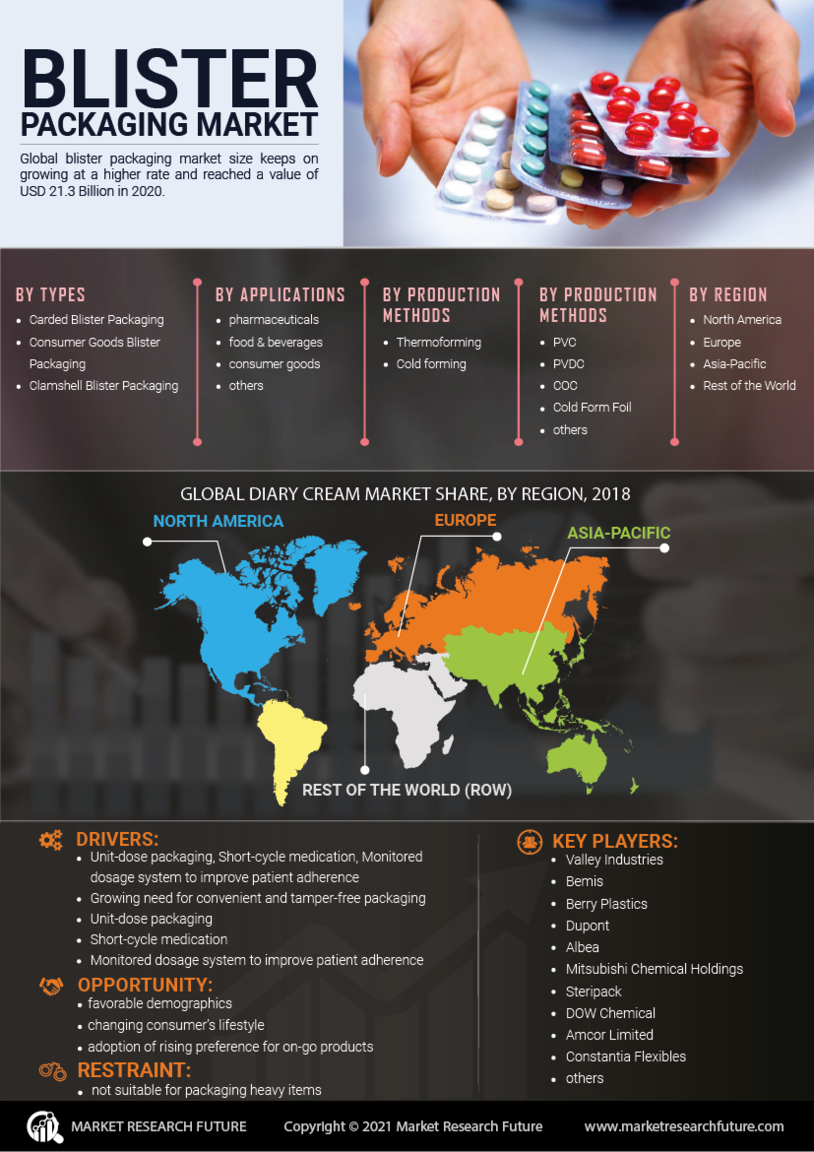

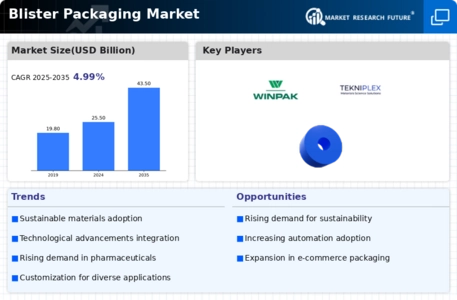


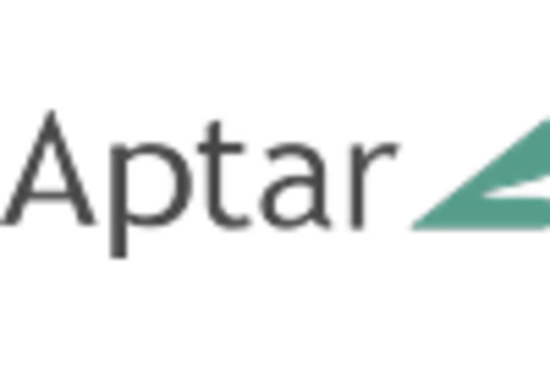
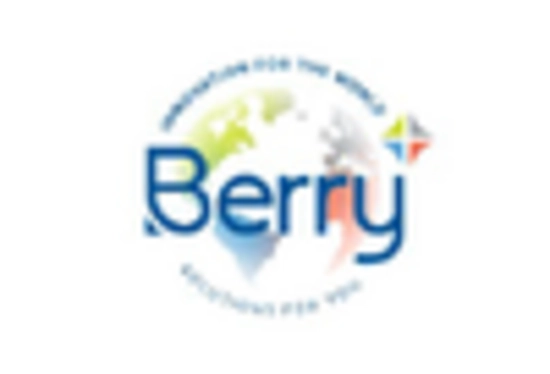
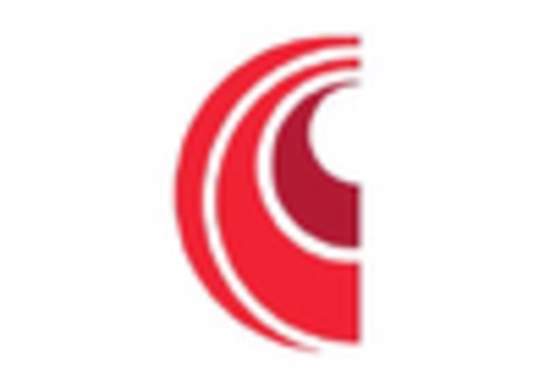

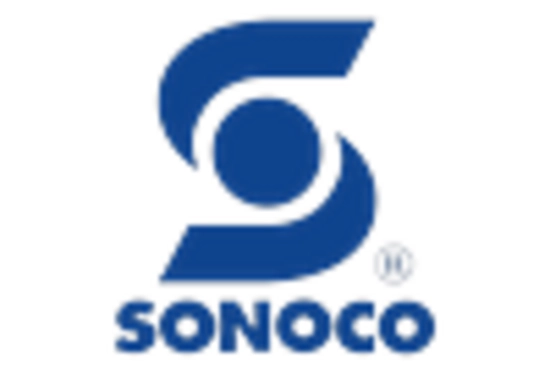








Leave a Comment